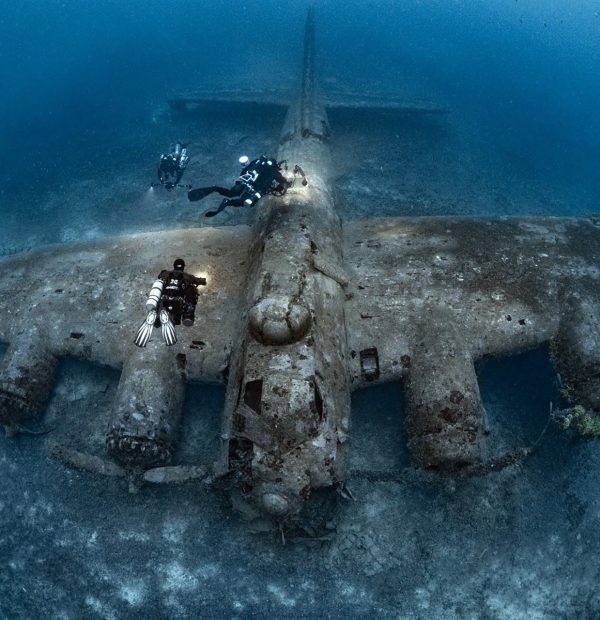Wednesday, 15 May 2024
Menu

The whole situation is described in a scientific article published in the journal Current Biology. It turns out that the severed head of a nudibranch snail regenerated the rest of its body in just two to three weeks.
Incredibly and worth noting, the decapitated torso was also able to survive for as long as several months, until putrefactive processes began to progress and decomposition of the body took place.
The study was carried out by a team of researchers from Nara Women’s University in Japan, who bred a species of Sacoglossan sea snail (Elysia cf. marginata) to investigate its ability to conduct photosynthesis. At that time, a still-living severed head was discovered and observation began.
It is nothing new that some animals are capable of autotomy, i.e. discarding a body part when the animal is in danger and getting rid of a limb or tail could help it escape. However, in this case, when the researchers tried pinching and poking another group of snails to mimic a predator attack, none of the animals responded by getting rid of any body part.
It was only after an extensive study in which the team observed 160 nudibranch snails every day, which included individuals bred in the lab as well as wild ones caught in the wild, that they discovered that 5 of the 15 bred in the lab and 3 of the 145 wild ones had shed their heads, while 39 wild snails had discarded smaller body parts such as the tail.
Further research also revealed that some of the nudibranch snails collected in the field had internal copepods, parasitic crustaceans – including all 42 that had cut off part of their bodies.
We believe that at least this particular species of sacoglossans autotomizes to remove internal parasites that inhibit their reproduction,” said Sayaka Mitoh, a scientist with the Nara Women’s University research team
The researchers suspect that stem cells play a key role in the whole process of regenerating the discarded body. The team is currently conducting research on other snail species in an effort to learn more about their ability to regenerate.
Photo: Sayaka Mitoh










Welcome to DIVERS24.COM, your daily source of scuba news, freediving, scuba diving information, and equipment reviews. Our comprehensive coverage of the dive industry from A to Z provides you with all the latest scuba news, training updates, underwater photography tips, and everything else related to scuba diving. Whether you’re a beginner or an experienced diver looking for more knowledge about scuba gear or techniques – we’ve got it covered! With our in-depth articles written by experienced divers who have been there and done that, you are sure to find exactly what you need here at Divers24.com. Dive into scuba news today!
Underwater Media Sp. z o.o.
Szafarnia 11/F8,
80-755 Gdansk, Poland
Welcome to DIVERS24.COM, your daily source of scuba news, freediving, and scuba diving information. Sign in for a weekly news update and discount coupons for dive gear and apparel.
@2023 - underwatermedia.pl. All Right Reserved. Designed and Developed by Tworzenie stron internetowych Gdansk

The Divers24 portal is currently the largest online medium treating diving in Poland. Since 2010 we have been providing interesting and important information from Poland and around the world on all forms of diving and related activities.
Contact us: info@divers24.com